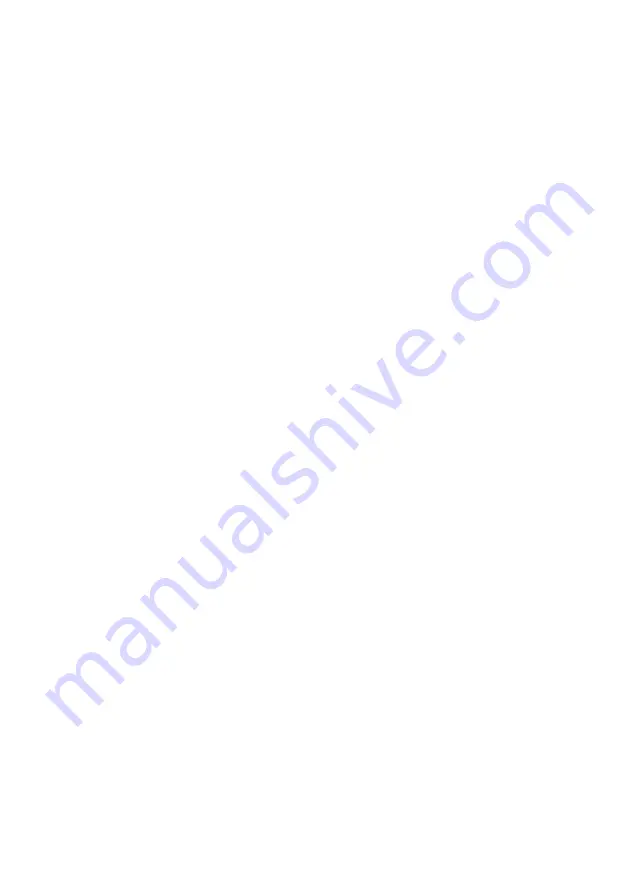
- 36 -
Base
Thickness
This
defines
how
thick
your
raft
will
be.
Base
line
Width
This
will
define
how
wide
your
"support"
material
is
for
the
raft.
This
setting
will
determine
how
well
the
surface
layers
of
the
raft
print.
Interface
Thickness
This
will
determine
how
thick
the
surface
layers
of
the
raft
are.
The
surface
layers
are
the
platform
that
is
built
upon
the
supports.
Interface
Line
Width
This
will
determine
how
wide
the
top
layers
of
the
platform
will
be.
In
general,
you
can
keep
this
set
to
your
nozzle
size,
as
surface
quality
of
the
removable
raft
is
not
important.
Air
gap
This
will
define
the
distance
between
your
raft
and
your
print.
A
large
gap
will
make
your
part
easier
to
remove,
but
will
ma
k
e
the
bottom
of
your
look
worse.
Surface
Layers
This
will
determine
the
number
of
layers
that
create
the
"
platform”of




















